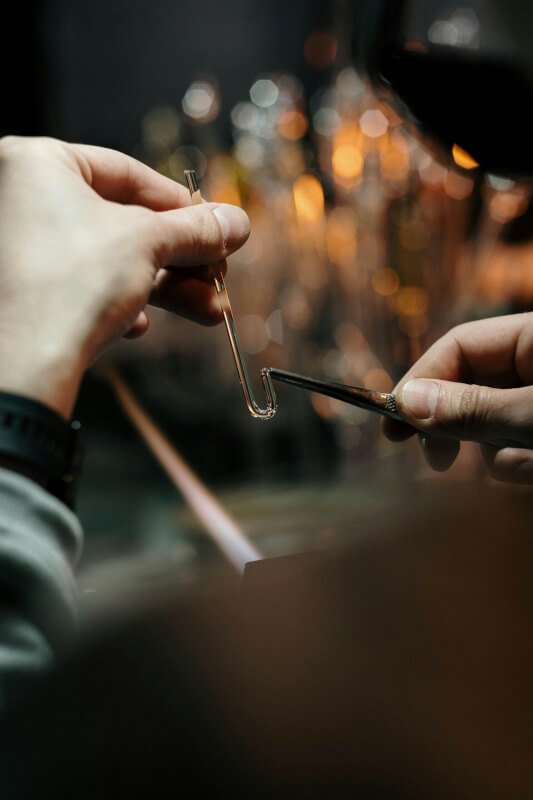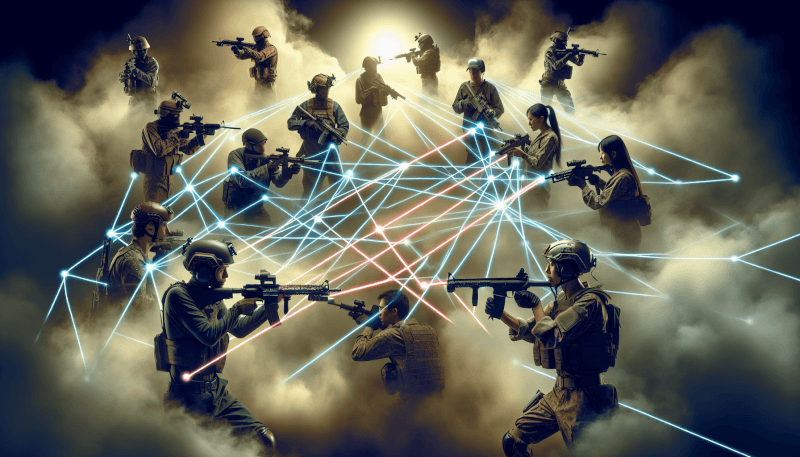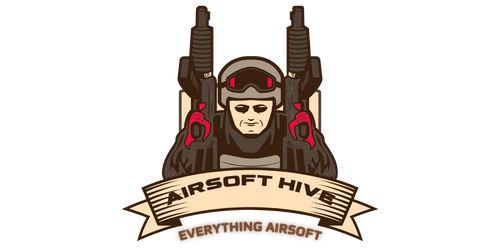In the exciting world of airsoft, where teamwork and strategy are crucial, mastering advanced strategies for multi-team coordination can elevate your gameplay to a whole new level. Whether you’re a seasoned veteran or just starting out, understanding how to effectively work with multiple teams can give you a significant advantage on the field. In this article, we will explore some advanced techniques and tactics that will help you coordinate and communicate seamlessly with your fellow teammates, ensuring a successful mission and an unforgettable airsoft experience. So grab your gear, rally your team, and get ready to take your airsoft skills to new heights!
Setting Objectives and Priorities
Defining mission objectives is crucial when it comes to planning and executing multi-team operations in airsoft. Before diving into the specifics of the mission, take the time to clearly identify what needs to be accomplished. This could be capturing an objective, defending a position, or gathering vital intelligence. By establishing these objectives, you are creating a sense of purpose and direction for your teams.
In addition to setting objectives, it is equally important to establish priorities. Not every task or objective holds the same level of importance. By determining the order in which objectives should be pursued, you can ensure that your teams are working towards the most critical goals first. This will help streamline the decision-making process and keep everyone focused on the mission at hand.
Once objectives and priorities have been defined, it is time to assign responsibilities. Each team should have a clear understanding of their role and the tasks they are responsible for. By delegating responsibilities, you are maximizing the efficiency of your teams and allowing them to specialize in their assigned tasks. This will ultimately contribute to the overall success of the mission.
Establishing Communication Channels and Protocols
Effective communication is the backbone of any successful multi-team operation in airsoft. Without clear and reliable communication channels, teams can quickly become isolated and lose their efficiency. Choosing the right communication devices is crucial in ensuring that teams can effectively relay information and coordinate their actions.
Consider the terrain and range of communication required when selecting communication devices. Radios are a popular choice as they allow for real-time communication between teams. Make sure to set up designated radio frequencies for each team to avoid confusion or interference.
It is also important to develop communication protocols that define how information should be conveyed. Clear and concise protocols will help streamline communication and ensure that critical information is relayed accurately. This could include using specific terminology or codes to convey messages efficiently.

Creating a Command Structure
A well-defined command structure is essential for effective coordination and decision-making in a multi-team operation. Designating a commander who has the authority to make strategic decisions and oversee the mission is crucial. The commander should have a strong understanding of the mission objectives and be able to effectively communicate and delegate tasks to team leaders.
Appointing team leaders is equally important as they will be responsible for managing their respective teams and ensuring that objectives are met. These leaders should have a solid understanding of the mission, possess strong leadership skills, and be able to communicate effectively with both their team members and the commander.
Establishing a clear chain of command ensures that information and orders flow smoothly between the commander, team leaders, and individual team members. This hierarchy helps to avoid confusion, prevent delays in decision-making, and maintain a cohesive and organized operation.
Implementing a Comprehensive Reconnaissance Plan
Gathering intelligence is a critical element in any airsoft operation. Before executing the mission, it is essential to gather as much information as possible about the terrain, enemy positions, and potential obstacles. This information will help teams make informed decisions and adapt their strategies accordingly.
Performing surveillance is an effective way to gather intelligence. Team members can be assigned to observe and gather information about enemy movements and activities. This information can then be relayed to the commander and team leaders, allowing them to adjust tactics and strategies accordingly.
Utilizing drones and scouting techniques can also greatly enhance reconnaissance efforts. Drones can provide a bird’s eye view of the battlefield, allowing teams to identify enemy positions and potential threats. Scouting techniques, such as utilizing camouflage and stealth, can be employed to gather information without alerting the enemy.

Executing Effective Movement and Maneuver
Coordination is key when it comes to executing movement and maneuver in a multi-team operation. Teams must work together to ensure that they are moving in sync and that their actions are complementary. By coordinating movement, teams can effectively exploit enemy weaknesses and gain a tactical advantage.
Executing flanking maneuvers is a common strategy employed in airsoft operations. By coordinating attacks from multiple directions, teams can overwhelm the enemy and disrupt their defenses. This requires precise timing and communication between teams to ensure that flanking maneuvers are executed simultaneously.
Using suppression and diversion tactics is another effective way to gain an advantage during movement. By providing covering fire, teams can suppress enemy positions and create a safe corridor for their teammates to move through. Diversion tactics, such as creating distractions or decoys, can also help draw enemy attention away from the main objective.
Utilizing Specialized Roles and Loadouts
Assigning specialized roles to team members can greatly enhance the effectiveness of a multi-team operation. Roles such as snipers and support gunners can be designated to team members who possess the necessary skills and equipment. These specialized roles allow teams to have a concentrated focus on specific tasks and exploit their strengths.
Optimizing loadouts for specific tasks is also important. Each team member should be equipped with the necessary gear and weapons to fulfill their role effectively. This could include carrying additional ammunition, specialized equipment, or tools that are essential for completing their assigned tasks.
Coordinating equipment and supplies is equally important. Teams should have a plan in place to share resources and ensure that everyone has the necessary supplies to accomplish their objectives. This could include sharing medical kits, ammunition, and other essential supplies.

Developing Cross-Team Awareness
In a multi-team operation, it is crucial to establish cross-team awareness to prevent friendly fire incidents and foster coordination. Sharing intelligence and situational updates between teams is vital in ensuring that everyone is on the same page and can adapt their strategies accordingly.
Establishing visual identification systems can greatly assist in avoiding friendly fire incidents. This could include wearing armbands or patches that clearly identify team affiliation. Coordinating uniform and gear color schemes across teams can also help differentiate between friend and foe in fast-paced situations.
Implementing Effective Fire and Cover Techniques
Fire and cover techniques play a vital role in maintaining the momentum of a multi-team operation. Covering fire and movement is a strategy where one team provides suppressive fire while another team advances. This allows for continuous forward movement while minimizing the risk of being hit by enemy fire.
Fireteam bounding is another effective technique that involves alternating movement between two or more teams. As one team advances, the other provides covering fire, ensuring that there is a constant flow of movement and firepower.
Suppressive fire strategies, such as creating a barrage of continuous fire, can be employed to keep the enemy pinned down and limit their ability to effectively engage. This can create opportunities for other teams to maneuver and gain an advantage.

Executing Ambush and Counter-Ambush Tactics
Ambush and counter-ambush tactics are effective strategies for gaining the element of surprise and overwhelming the enemy. Setting up ambush positions requires careful planning and coordination between teams. Teams must identify strategic locations, where they can effectively conceal themselves and launch a surprise attack.
Creating decoy fireteams can be a valuable tactic to divert enemy attention away from the main ambush positions. These decoy teams can simulate attacks or draw enemy forces into a trap, allowing the main ambushing teams to strike at a vulnerable moment.
Counter-ambushing enemy teams requires quick thinking and adaptability. When under attack, teams must quickly assess the situation, identify the source of the ambush, and take immediate action to neutralize the threat. This can involve flanking maneuvers, suppressing fire, or launching counter-attacks to regain control of the situation.
Training and Rehearsing Multi-Team Operations
Training and rehearsal are essential components of successful multi-team operations. By conducting realistic scenario-based training, teams can familiarize themselves with the challenges they may encounter during actual operations. This allows them to develop effective strategies and tactics that can be executed under pressure.
Practicing coordination drills is also crucial to ensure that teams are able to work together seamlessly. This could involve practicing movement and maneuver exercises, communication drills, or scenario-based simulations. Regular training sessions will help teams build trust, develop effective teamwork, and improve their overall performance.
Analyzing and learning from previous operations is an important aspect of continual improvement. After each operation, teams should take the time to assess their performance, identify areas where they excelled, and areas where they can improve. This feedback should be used to refine strategies and tactics, ensuring that each subsequent operation is more successful than the last.
In conclusion, effective multi-team coordination in airsoft requires careful planning, clear communication, and specialized roles. By setting objectives and establishing priorities, teams can work towards a common goal. Communication channels and protocols must be in place to ensure efficient information flow. A well-defined command structure is necessary for effective decision-making. Reconnaissance, movement, and specialized roles contribute to the success of the operation. Cross-team awareness, fire and cover techniques, ambush tactics, and counter-ambush strategies are all critical elements. Regular training and learning from past experiences help teams continually improve their coordination and performance. By implementing these advanced strategies, multi-team operations in airsoft can achieve success and create unforgettable gaming experiences.



